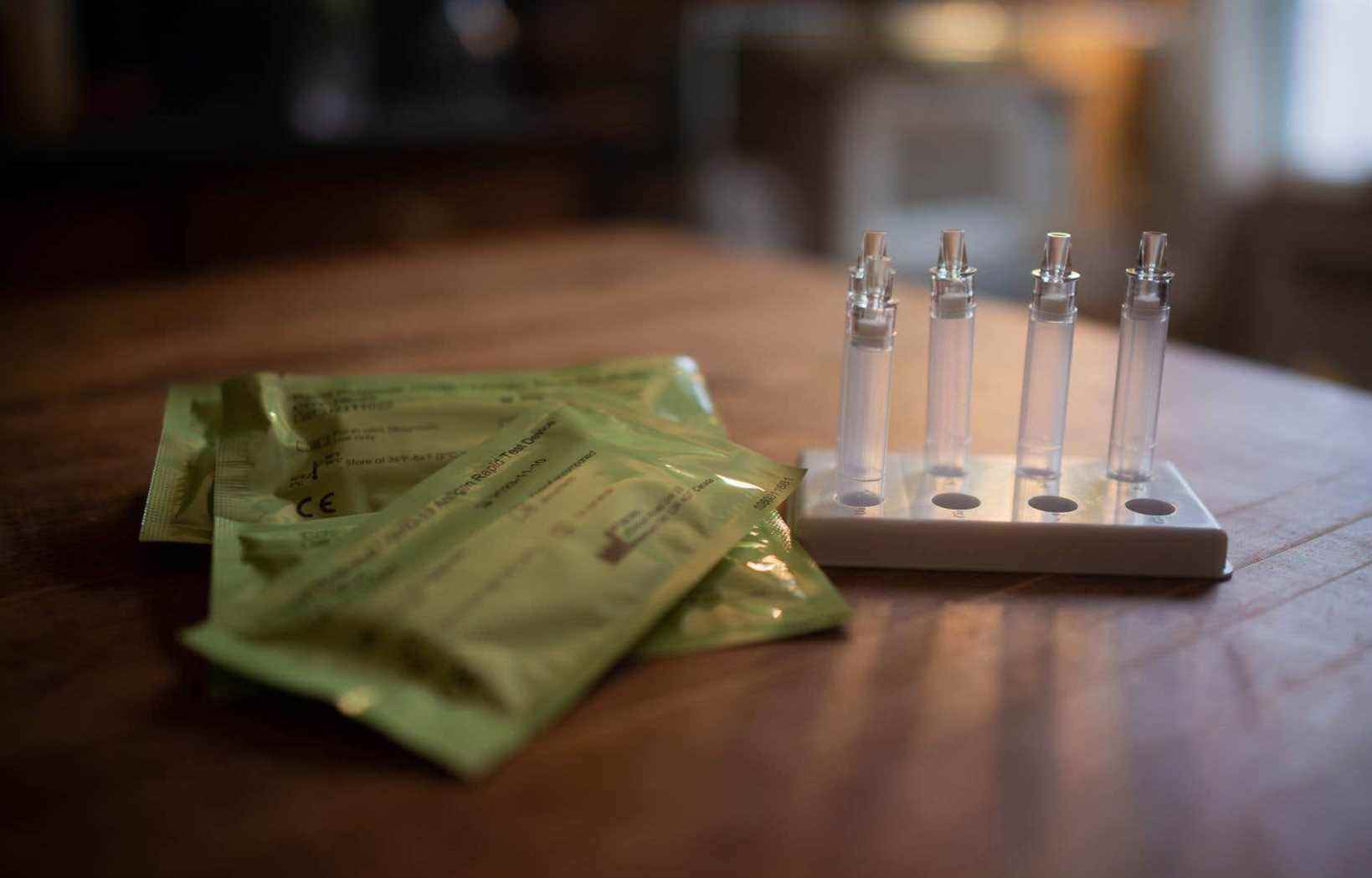Three groups of Ontarians in the last week created portals from scratch to allow residents of the province to report their results of a rapid test, but public health experts doubt the effectiveness of these new sources of evidence. ‘information.
It was upon learning on December 30 that Ontario would end PCR testing for COVID-19 for the entire population that the student from Western University Elliot Hegel designed, with a programmer friend, the Rapid Report site. “We wanted to prove that if two students could create a site in one day, the government could do it too and better,” says the student.
Only British Columbia, Canada, currently allows its residents to report the results of a rapid test on an online platform. According to three portal designers interviewed by The duty, their dashboards will provide a better understanding of the risk of contracting COVID in the province. “Without the results of the rapid tests, it’s difficult for a parent to determine if they should send their child back to school on January 17,” says Billy Lo, who launched ReportMyTest.ca with colleagues on the 5th. January.
Regionalized results
According to Toronto epidemiologist Dr. Ananya Tina Banerjee, however, the digital nature of these portals could mean that marginalized neighborhood residents do not enter their results, whether because they do not speak English or French, or because they do not speak English or French. they do not have access to a computer. “There might be neighborhoods with many cases, but the portal will show that there are few,” she explains, which could create a false sense of security.
The first data from the RAT Tracker portal, produced on January 1 by the website The Local, prove the epidemiologist right. The majority of the roughly 2,500 results on the portal have so far been reported by residents of the city’s central and better-off neighborhoods, such as East York, while a handful of people in the Scarborough neighborhood – home to several marginalized communities – have done so.
“We try to reach these people on social networks, by doing interviews and by word of mouth,” said Craig Madho, one of the designers of the RAT Tracker. The page was created specifically for parents of students in public schools in the city of Toronto. As of December 31, the Ontario government no longer reports cases of COVID-19 in schools.
Elliot Hegel also claims to be aware of the risks associated with the voluntary entry of information by the population. “We don’t have many cases reported by people in Kingston, when we know that there is high transmission. And it’s just, I guess, because we haven’t reached people there, ”he says. “People could draw conclusions about which regions are safe and which are not,” concedes the student.
Positive over-representation
Almost 29% of the drug tests carried out by the province on Dec. 5 were positive according to the latest update from the Ontario public health agency. But Elliot Hegel found that the positivity rate for the results in his database is just over 40%.
There is a reporting bias according to infectious disease specialist Sumon Chakrabarti of Trillium Health Partners Hospital in Mississauga. “A person will be more likely to enter his result if it is positive than if it is negative,” he explains. It would therefore be difficult to draw conclusions from the data, adds the infectious disease specialist, who nevertheless welcomes the innovative instinct of the student from Western University. “This is why before presenting the data, we want to analyze them with researchers”, explains Elliot Hegel.
However, Dr. Sumon Chakrabarti believes that eventually very few people will use these rapid tests. These portals may therefore soon be less useful. “Right now we have isolation policies tied to a positive test. The goal is that at some point in 2022, we will come back to the way 2018 works: if you are sick, you stay at home and we do not need to know what virus it is, ”illustrates he does.
On Thursday, the Ontario government curbed the distribution of rapid tests, limiting their distribution to high-risk settings, such as long-term care homes, and for schools. The use of tests before social gatherings is no longer recommended either because of the risk of false negatives. The province will finally stop organizing pop-up centers for the free distribution of the kits to the general population on January 14.
This story is supported by the Local Journalism Initiative, funded by the Government of Canada.
